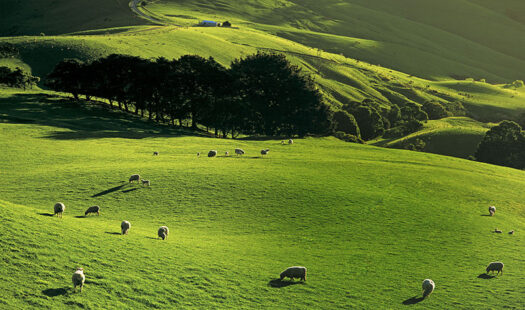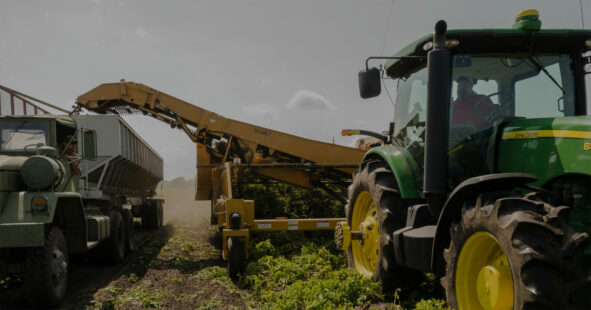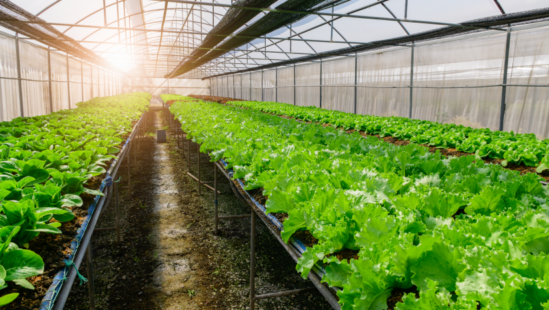
Grains and fertiliser producers are expected to post a strong performance in 2021, while wool producers will struggle. Following severe drought conditions over much of the prior three-year period, greater rainfall levels in key growing areas have improved crop yields. The expected level of output in 2020-21 is a near-record, second only to the highs achieved in 2016-17. The favourable climate conditions and higher export prices are expected to contribute to a 44.4 per cent rise in revenue in the grain-growing industry in 2020-21, though domestic grain prices are expected to fall substantially.
Global demand for grains is expected to rise during the year, supporting higher world prices. On the other hand, the economic impact of the COVID-19 pandemic has created demand deficiencies for premium wheat products and downstream dairy foods. Additionally, high rainfall has limited demand for grain feed from Australian livestock farmers, placing downward pressure on domestic prices. Additionally, barley production has surged, China imposed an 80.5 per cent tariff on Australian barley, which cut off local farmers from its largest market as China accounted for 30.3 per cent of Australian barley exports in 2019-20.
This has forced barley growers to find new export markets, such as beer manufacturers in Mexico and India. Improvements in rainfall and the associated increase in the total crop area planted also means an increased demand for fertiliser. Revenue in the fertiliser manufacturing industry is expected to rise by 11.6 per cent in 2020-21, to $4.2 billion. The prices of key inputs into fertiliser, such as natural gas and ammonia, are expected to increase from the lows caused by supply-demand disparities due to the COVID-19 pandemic. As a result, the domestic price of fertiliser is expected to rise by 7.2 per cent in 2020-21.

HIGH TECHNOLOGY OPPORTUNITIES IN URBAN AUSTRALIA High-tech horticulture is being used in metropolitan locations around the world for a variety of reasons, including economic development. Community involvement and environmental advantages are two things that come to mind when thinking about this project. Vertical farm systems, container farms, and other similar systems are now being witnessed […]
Read More →
Fortunately for the agricultural sector, the Australian agriculture worker visa, also known as the ag visa, is a step closer to fruition, after the Federal Government amended the migration regulations. It has enabled it to be operationalized with a supporting program administered by the Department of Foreign Affairs and Trade. The minister for agriculture and […]
Read More →
WHAT IS ORGANIC FARMING? Organic farming, an agricultural system that uses ecologically based pest controls and biological fertilizers derived largely from animal and plant wastes and nitrogen-fixing cover crops. Modern organic farming was developed as a response to the environmental harm caused by the use of chemical pesticides and synthetic fertilizers in conventional agriculture, and […]
Read More →